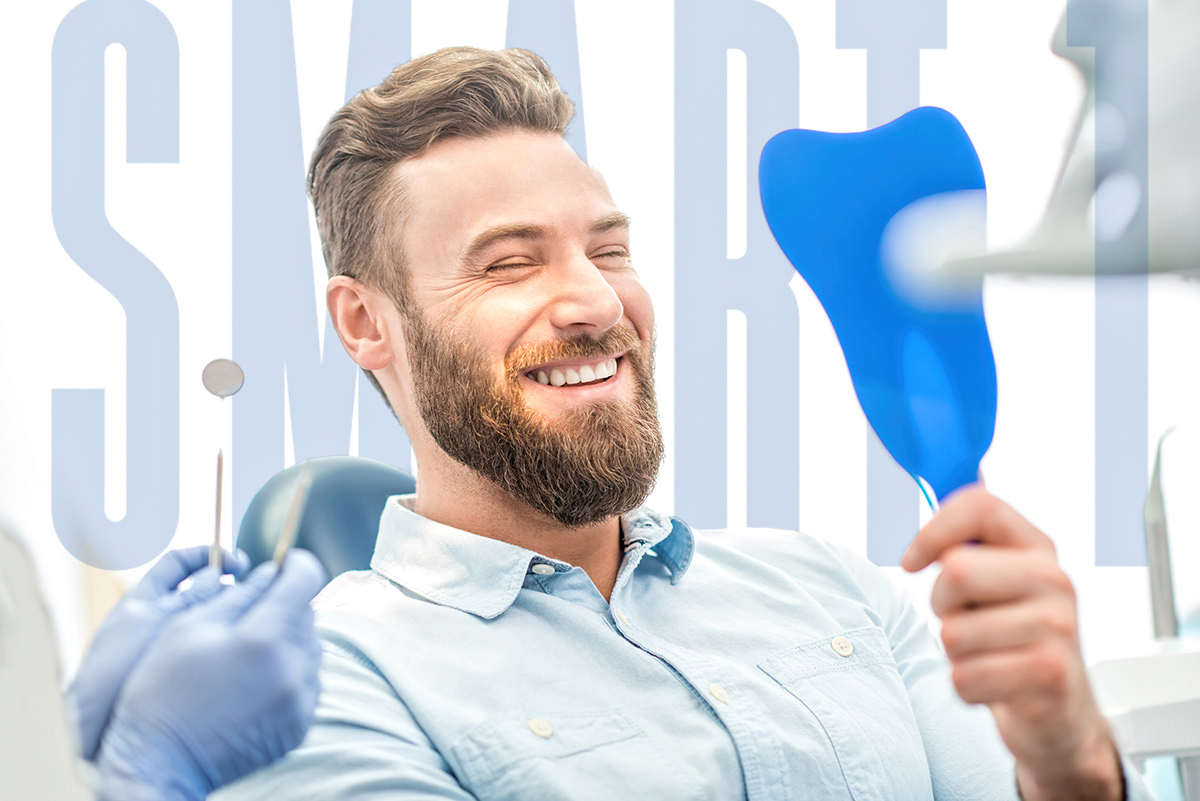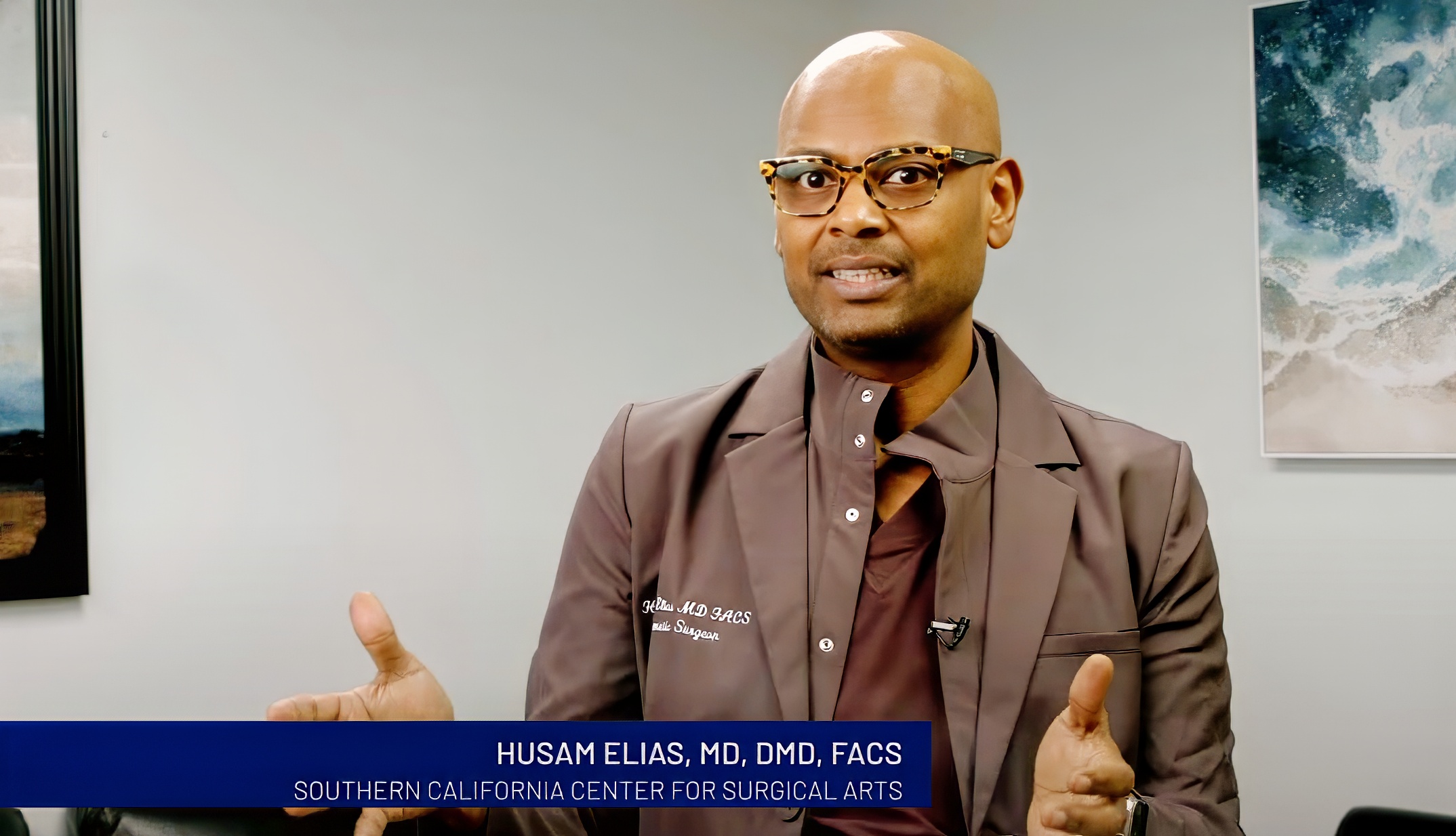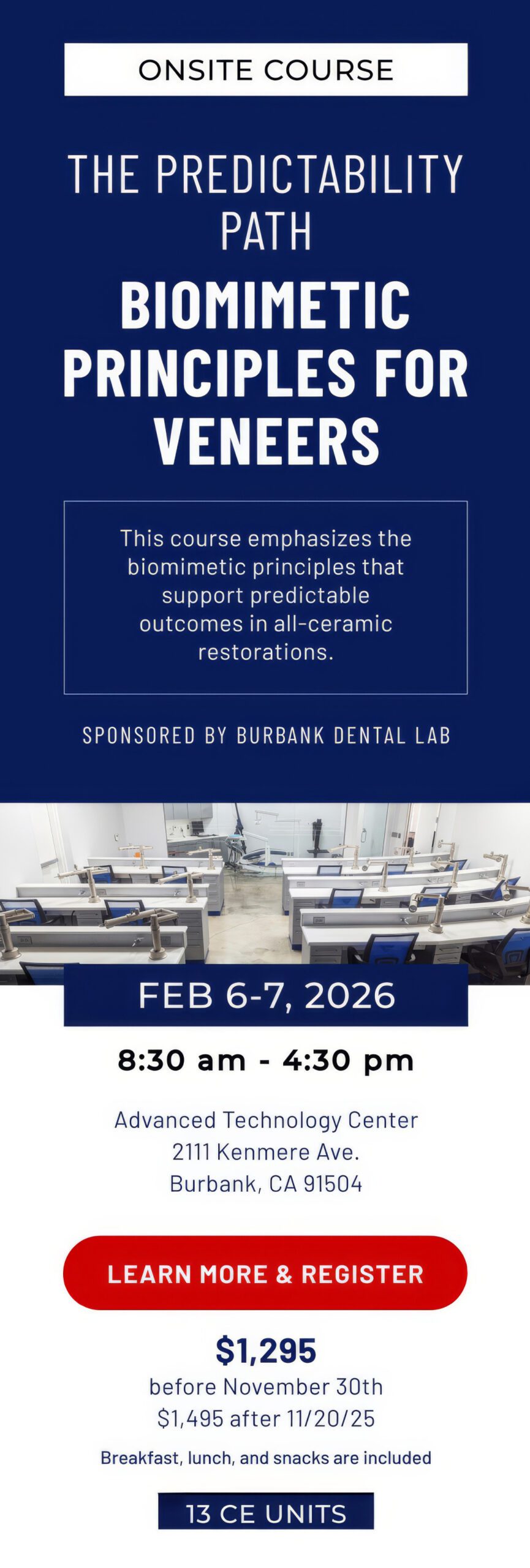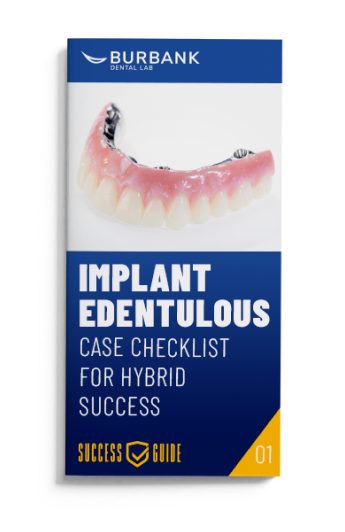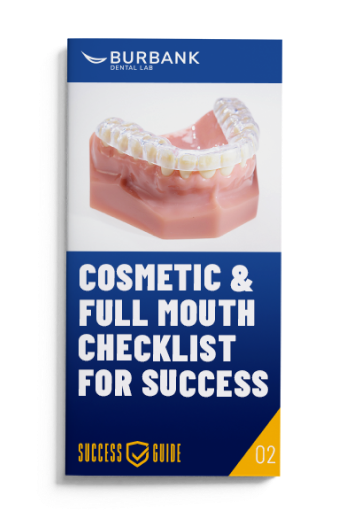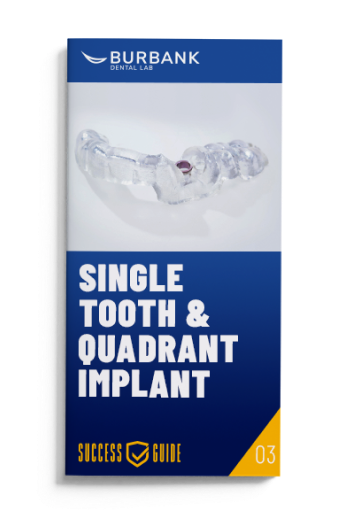Millions of people experience tooth loss. The American Association of Oral and Maxillofacial Surgeons states that tooth loss affects about 69% of adults aged 35-44. The U.S. implant market was valued at 1.1 billion in 2018 and is slated to grow at a 5.1% compound annual growth rate over the next few years, according to iData Research. There is no question that the exceptional advantage that implant therapy has over other treatment options is fueling this growth.
Implant rehabilitation can dramatically improve a patient’s quality of life. One of the main advantages is that an implant will allow normal oral processes, such as proper mastication. They can last a patient a lifetime and, because they can replace a natural tooth, help prevent bone loss by providing stimulation to the jaw. Implants also play a significant role in stabilizing the surrounding dentition and in helping keep patients free from gum disease.
It is no wonder then that implants have become a preferred method for restoring missing teeth. After deciding on this treatment option and setting the proper foundation for implant placement, one of the biggest questions is whether the implant restorations should be screw-retained or cement-retained. There is then a clinical decision to be made about which type of restoration would work best, based on retention.
This decision regarding implant crown retention depends on three key factors: the strength of the restoration, peri-implantitis risks, and aesthetics.
Cement-retained Implant Restoration

Cement-retained implant restorations are commonly used in dentistry, and the placement process is familiar to most clinicians. One of the main benefits of these types of restorations is esthetics, as there is no screw access hole. The lack of a screw access hole can also help with providing ideal occlusal anatomy and occlusal load.
These restorations can be cemented over a custom abutment when there is challenging implant angulation. Margins can be placed right at or slightly below the tissue surface to facilitate cement removal. Another benefit is that since they are made from custom-designed abutments that mimic an ideal preparation, this can help to provide a natural emergence profile, a passive seat, excellent retention, and improvement with the load forces.
Advantages of cement-retained restorations:
Along with the many benefits, these restorations also have disadvantages that must be considered when evaluating the optimal treatment options.
Disadvantages of cement-retained restorations:
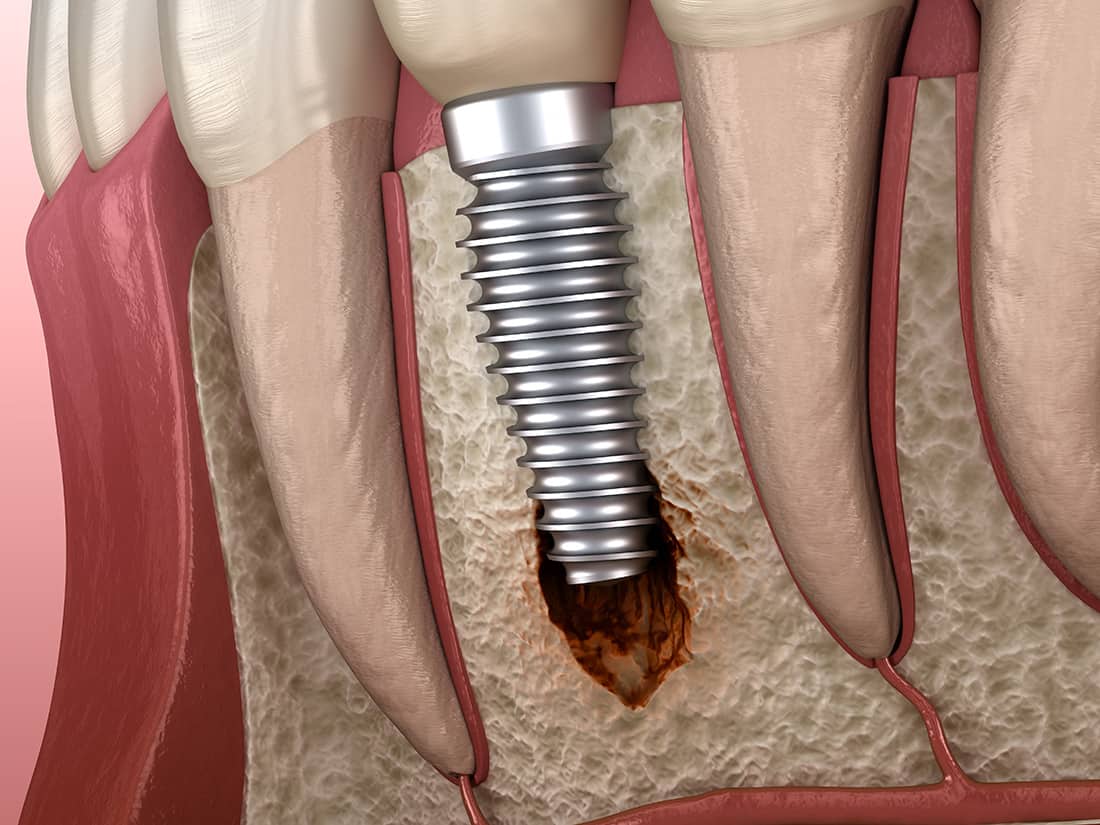
Screw-Retained Implant Restorations
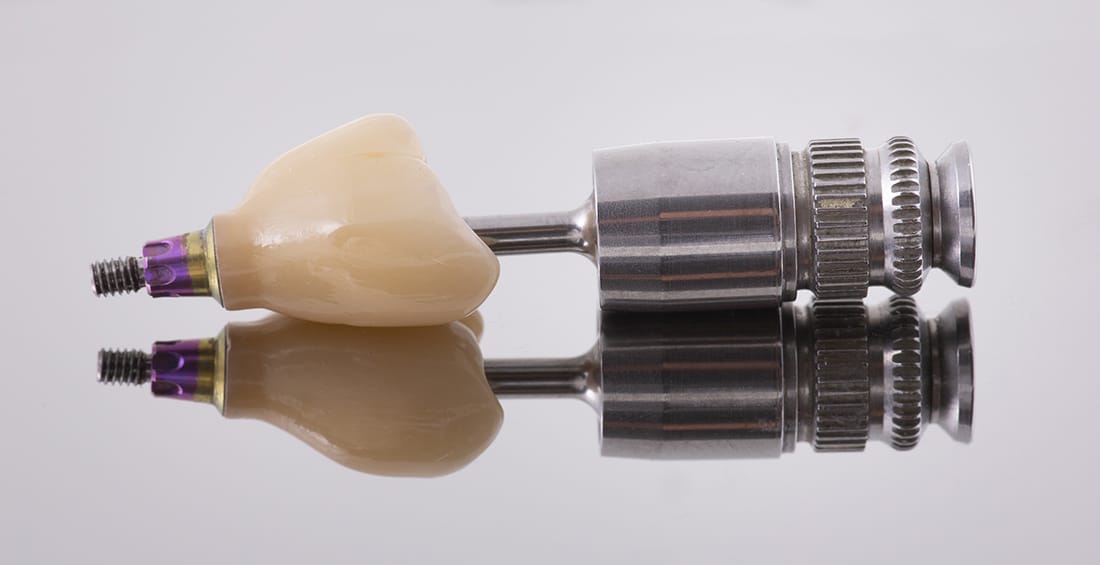
Screw-retained restorations are another option to consider when cases are indicated for this type of restoration. These restorations are best suited when the implant is placed ideally. Because they are retained with a screw, there is no risk of residual cement left behind, which can damage the patient’s tissues and bones.
These restorations can be easily removed to check the implant site. The margins of these restorations can be placed well below the tissue, reducing the risk of titanium showing through the gums.
The following is a list of the advantages of using screw-retained restorations:
Advantages of screw-retained restorations:
Along with the benefits and indications, there are also some disadvantages of using screw-retained restorations.
Disadvantages of screw-retained restorations:
It is important to note that many advances are being made with both cement-retained and screw-retained restorations to help mitigate the disadvantages associated with each of these restorations. For example, in the case of screw-retained restorations, properly setting the foundation, planning, and ultimately placing these restorations can open up more opportunities to use this modality and to retrieve them when necessary. Also, with the introduction of angulated screw channels, the use of screw-retained restorations has expanded.
The most significant problem with cement-retained restorations is the difficulty of removing all residual cement from the implant site. Custom abutments can be designed with supragingival margins to facilitate easier cement removal and help address this problem.
“Why I trust and use Burbank Dental Lab”
BY WORLD-RENOWNED TEXAS AREA DENTIST DR. MIKE GOLPA, D.D.S.
As in almost all restorative procedures, proper planning plays a significant role in the overall success of the case. Understanding the advantages and limitations of each restorative option can help in determining the best way to proceed.
In implant cases, understanding the differences between screw-retained and cement-retained restorations is crucial to ensuring a successful outcome.
Most importantly, staying on top of new developments, techniques, and materials is essential in providing patients with the very best options available. The Burbank Dental Lab implant team is available to provide support, plan these cases, and recommend the best retention method for each case.




